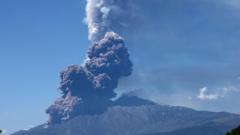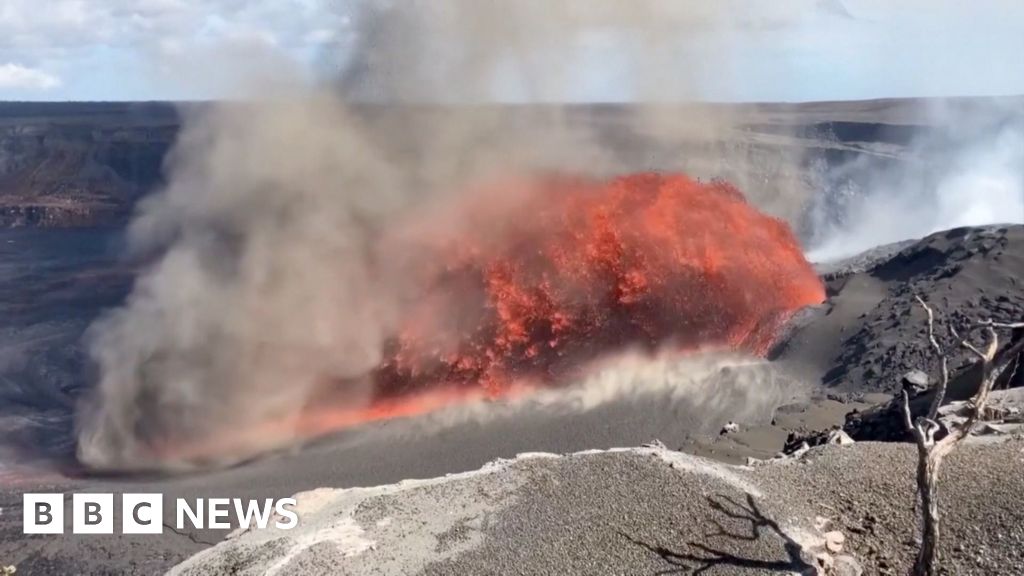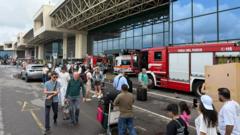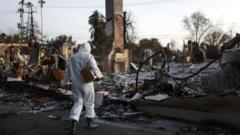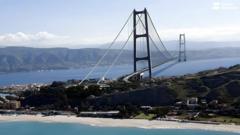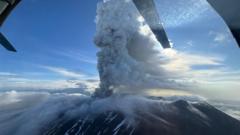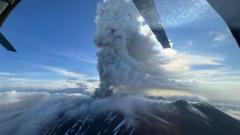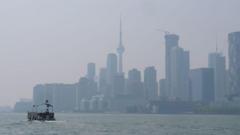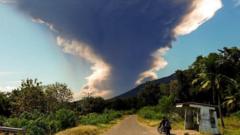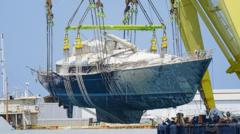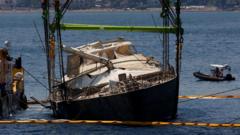The renowned Mount Etna in Italy has erupted, displaying large plumes of ash and smoke as it released volcanic material on Monday morning. Footage emerging from Sicily captures the dramatic scene, highlighting a series of explosions of “increasing intensity,” according to the National Institute of Geophysics and Volcanology (INGV) Etna Observatory. While the eruption’s magnitude remains under assessment, interruptions to daily life appear to be minimal at this stage.
The eruption appears to be centered on the southeastern side of the volcano, noted INGV, where a significant vent, approximately 200 meters wide, is located. Spectacular visuals from multiple sources showcase the fast-moving pyroclastic flow—an amalgamation of ash, gas, and rock originating from the volcano’s depths—as it cascades down its slopes. Geologists have suggested that part of the volcano’s crater may have experienced a collapse, contributing to the descent of volcanic materials. Though pyroclastic flows pose severe risks to nearby areas, authorities have confirmed there is currently no immediate threat detected.
INGV recorded signs of the activity commencing at around 00:39 local time (22:39 GMT) and has since characterized this eruption as "Strombolian." Such eruptions vary in scale but are known for their sporadic explosive activity driven by gas within the magma. Similar to the release of gas from a fizzy beverage, these eruptions can project volcanic material skyward and may present hazards for nearby aircraft.
Initial reports indicated a red alert, which potentially suspended flights in the vicinity, but this alert status has since been downgraded. Earlier this year, a February eruption resulted in significant ash accumulation, leading to the diversion of numerous flights at Catania airport. Tourists have also received advisories to steer clear of potential lava flows as the situation develops.
The eruption appears to be centered on the southeastern side of the volcano, noted INGV, where a significant vent, approximately 200 meters wide, is located. Spectacular visuals from multiple sources showcase the fast-moving pyroclastic flow—an amalgamation of ash, gas, and rock originating from the volcano’s depths—as it cascades down its slopes. Geologists have suggested that part of the volcano’s crater may have experienced a collapse, contributing to the descent of volcanic materials. Though pyroclastic flows pose severe risks to nearby areas, authorities have confirmed there is currently no immediate threat detected.
INGV recorded signs of the activity commencing at around 00:39 local time (22:39 GMT) and has since characterized this eruption as "Strombolian." Such eruptions vary in scale but are known for their sporadic explosive activity driven by gas within the magma. Similar to the release of gas from a fizzy beverage, these eruptions can project volcanic material skyward and may present hazards for nearby aircraft.
Initial reports indicated a red alert, which potentially suspended flights in the vicinity, but this alert status has since been downgraded. Earlier this year, a February eruption resulted in significant ash accumulation, leading to the diversion of numerous flights at Catania airport. Tourists have also received advisories to steer clear of potential lava flows as the situation develops.

